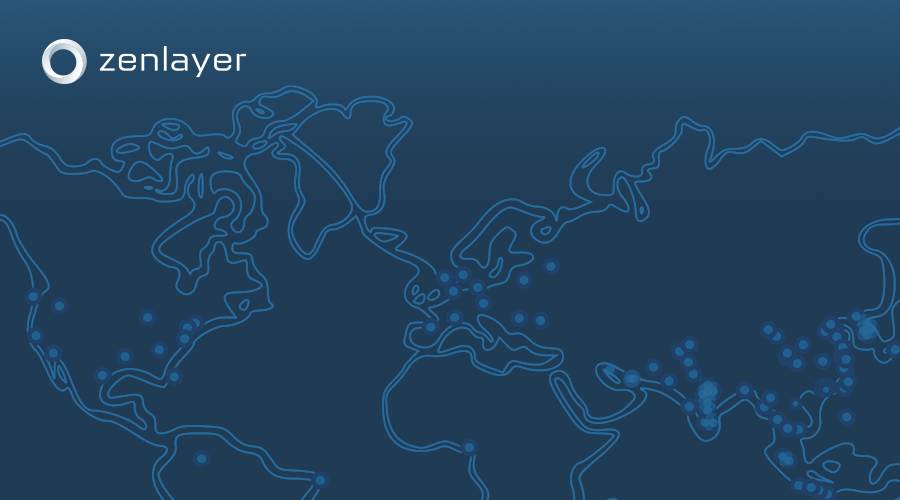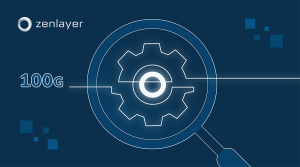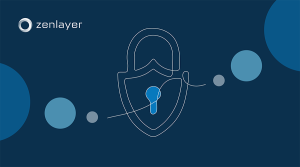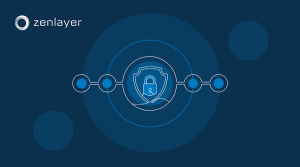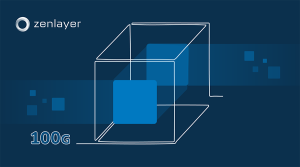Mobile is quickly becoming the consumer’s device of choice because of its availability to connect whenever, wherever. Therefore it’s vital to optimize mobile delivery throughout your network. While there may be limits on a consumer’s mobile provider, your business has multiple ways to optimize the way the end user receives content.
Modifying your strategy to account for better mobile delivery isn’t just something to consider. It’s now critical to stay on the edge of the edge.
Common Problems
Before making any changes, it’s important to understand the challenges that mobile devices brings to your network. Without an optimal network infrastructure, you are likely to experience:
- Delays in receiving and processing data
- Severe network congestion in data-heavy cases
- Intermittent connections or connection errors
End-users experience the same problems along with features being rendered unusable due to connectivity and latency issues. Users are less concerned about the cause of the problem, as long as it is fixed (or avoided).
Reducing Latency
One of the biggest challenges is latency. It’s a challenge that IoT and online gaming have brought to the forefront. For instance, many gamers abandon games with network delays of over 500 milliseconds. After all, a game is won or lost in a move that takes 100 milliseconds or less.
Imagine a machine that has safety mechanisms that require real-time data to prevent an injury, such as this circular saw. Any latency between the sensors sending off data and receiving a response could result in an employee losing a hand or in a less severe instance, products being destroyed.
The solution is to process data closer to the sensor, which means taking the cloud out of the equation (at least partially) for improved mobile delivery.
Pushing Data To The Edge
Edge computing isn’t a new development, but mobile edge computing is a newer variant. One common use for this type of edge computing is to offer dynamic adaptive streaming of video content. By pushing computing capabilities to the edge of the mobile network, congestion on the network is lessened and content automatically adjusts to the mobile network the user is currently connected to.
The idea is to make the process of sending and receiving data more instantaneous. Instead of delays of hundreds of milliseconds, the process may take only a few milliseconds. This improves the end user experience and reduces bottlenecks on the network.
Another benefit is being able to handle periods where the user or device might not be connected temporarily. With mobile devices, connectivity is going to be lost from time to time. However, apps should still be able to function during these periods (for apps and services where this is possible). With edge computing, even when a device temporarily loses its connection, it’s able to pick back up right where it left off without interfering with the user experience.
Network Optimization
You can further improve mobile delivery through dynamic network optimization. Standard network performance fluctuates, but mobile network performance fluctuates drastically, especially as users go from one location to another. Your network needs a way to account for sudden outages to provide more stable delivery throughout the network.
A network monitoring tool, such as Zenlogic, constantly monitors your network functions to determine any issues in real-time. Zenlogic automatically applies acceleration and optimization technologies for better overall performance. Video quality may decrease slightly or data may be processed at a closer data center to the user.
By combining network optimization with edge computing, you create a better strategy for mobile delivery that improves performance and makes end users happier.
Is your business struggling with mobile delivery issues? See how Zenlayer’s Zenlogic service helps to optimize your network for improved mobile delivery.
Image: Rodion Kutsaev

